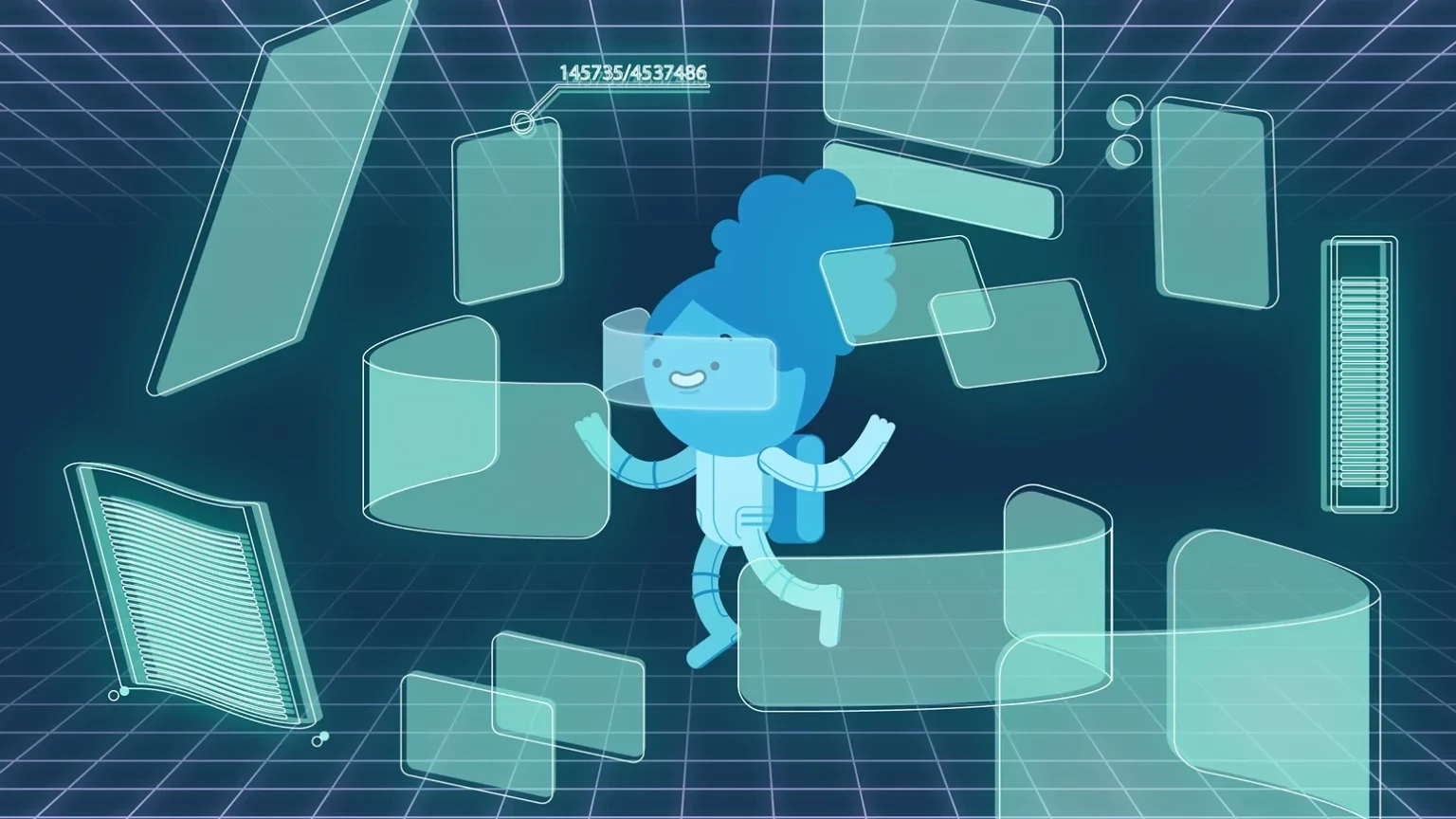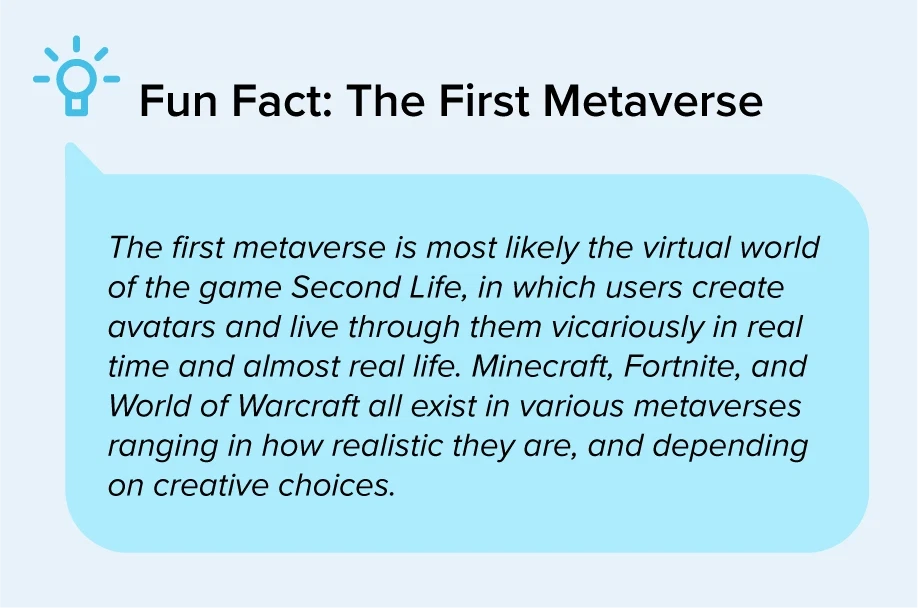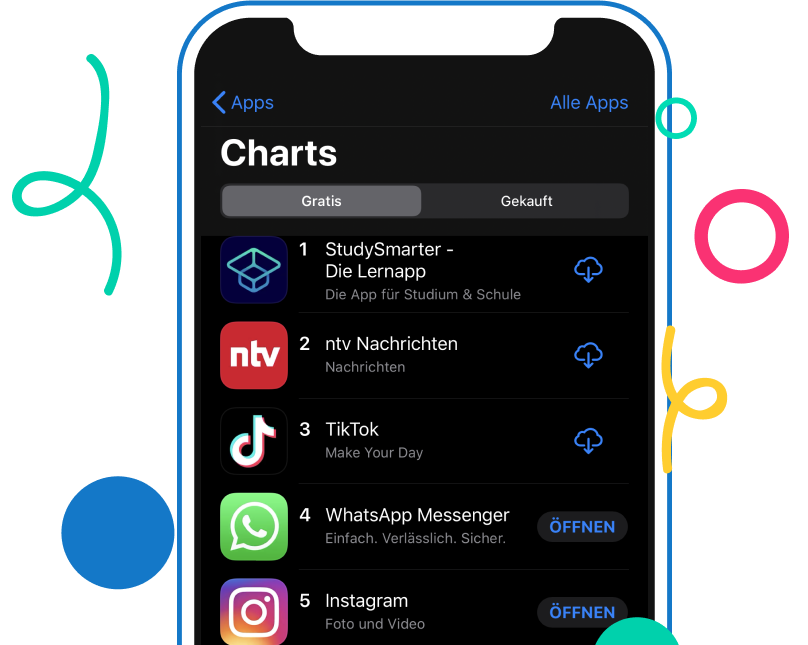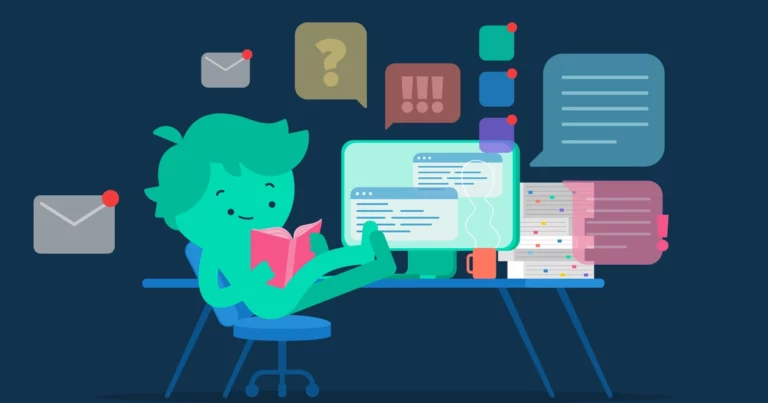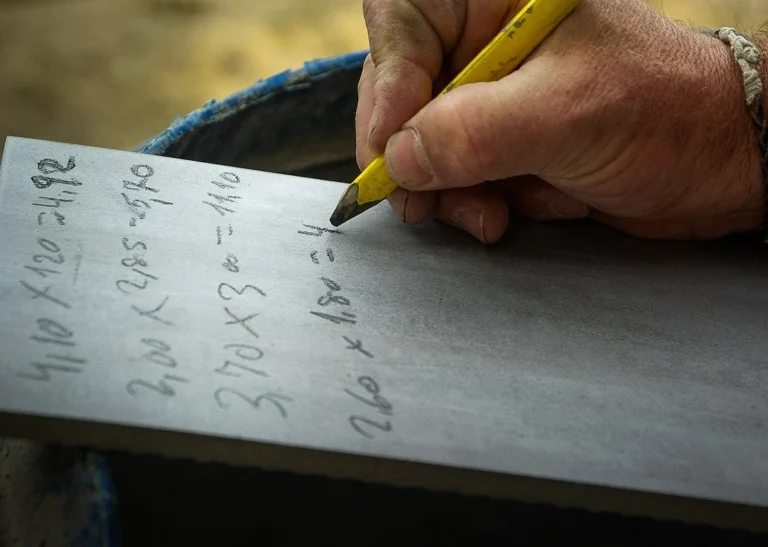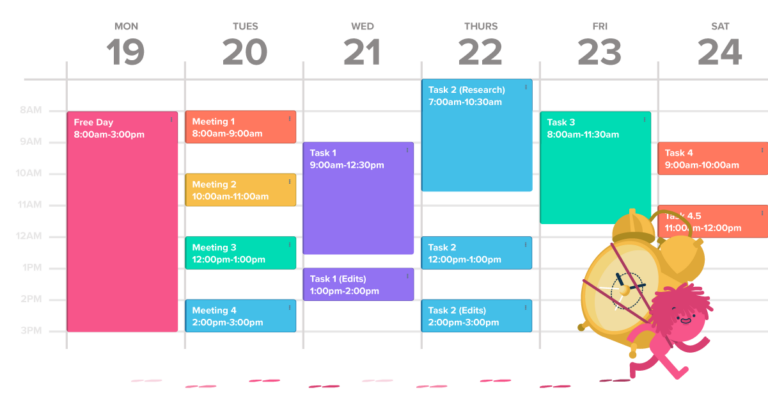What is Metaverse?
You’ve probably heard of it. But what actually is the metaverse?
Metaverse is a (simply put) 3D virtual world facilitated by the internet. The metaverse is fully immersive and can be supported by virtual reality or augmented reality headsets. It basically means we can ‘live’ in the virtual world.
The aim of the metaverse is easier communication among people and a new way for humans to experience our physical world.
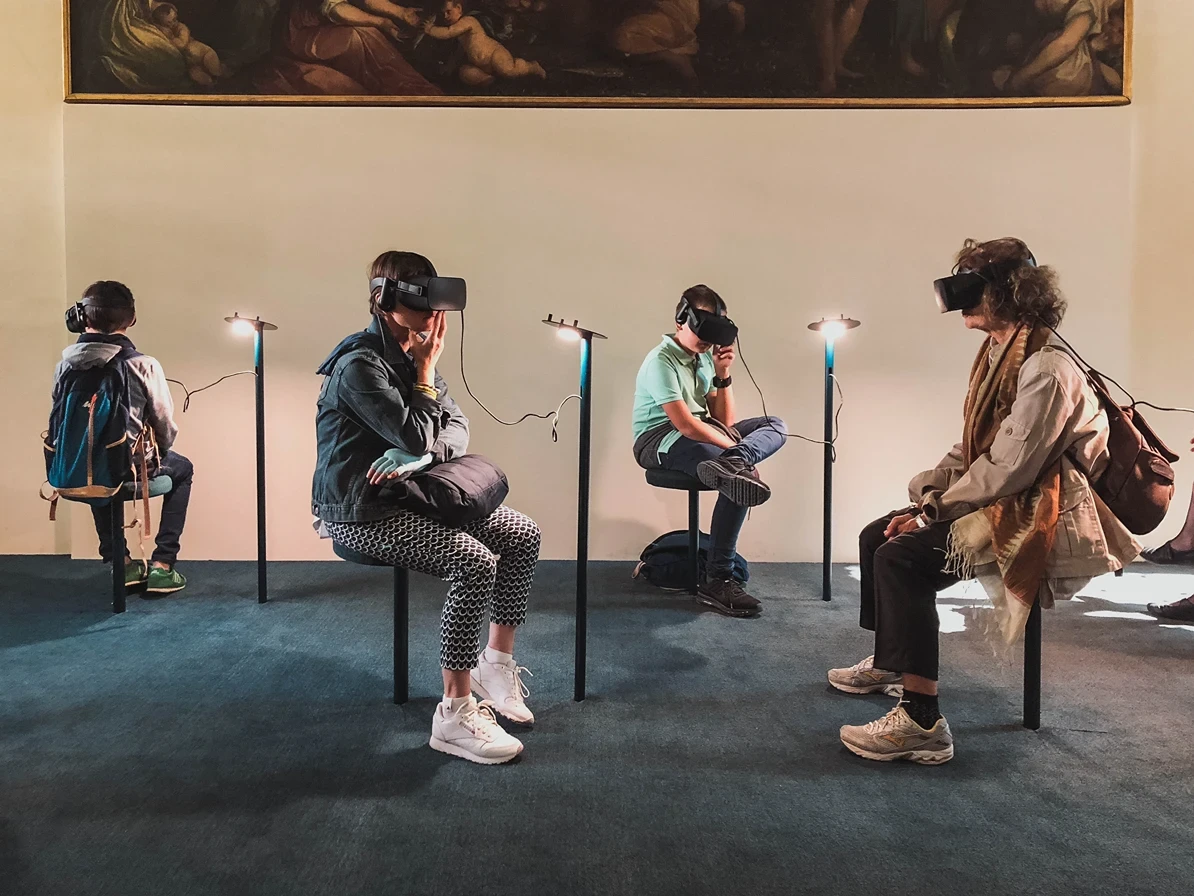
The virtual reality of the metaverse entirely changes our learning experience. Image by Lucrezia Carnelos
Who Invented the Metaverse?
The term metaverse (meta + universe) was coined by Neal Stephenson in his 1992 novel Snow Crash. Stephenson used the term ‘snow crash’ to talk about a software failure on his Macintosh back in the 90s. (If you remember your TV hiccoughing and snowing, you know what it means).
The novel is set in LA in the twenty-first century after an economic collapse, where the new world is governed by capitalist franchises, corporations, and entrepreneurs. No wonder the idea has caught up in recent years.
The novel combines image-processing software, linguistics, history, and archaeology to weave the tale of Hiro Protagonist (I’m not joking, that’s the name), who gets immersed in the Metaverse as a data file. As you can imagine, viruses, corrupt files, and hacking ensue. I won’t spoil anything, but now you know where the idea comes from.
Metaverse Examples Anyone Should Know
Before we dive into the use of the metaverse in education, let’s briefly look at metaverse examples to better understand the concept of this virtual world.
The most common examples of the metaverse are video games, social media, and virtual reality simulations.
The first metaverse is most likely the virtual world of the game Second Life, in which users create avatars and live through them vicariously in real-time and almost in real life. Minecraft, Fortnite, and World of Warcraft all exist in various metaverses, ranging in how realistic they are and depending on creative choices.
Other examples of the Metaverse today:
- The Facebook Metaverse – Mark Zuckerberg’s Meta platform and Meta Horizons.
- Google’s data storage and its (not so successful) Google Glass of 2013.
- Microsoft’s Mesh for the world of the corporate.
- The Future of Tim Sweeney’s Epic Games (home of Fortnite).
- Highstreet Metaverse, the phygital gaming/shopping experience.
From Facebook to Google and Microsoft to the gaming industry, the Metaverse is growing. The business and entertainment worlds are already moving into the world of the virtual, but what about other sectors, like education?
How can the Metaverse be used in Education?
Are we seeing this virtual representation of the real world in educational settings? Well, simply, yes. And it’s turning out to be a relatively useful tool.
Immersive classrooms
The VR headset might soon be commonly found alongside pencil cases and textbooks. Either through these headsets or projected onto classroom walls, virtual reality content can be displayed to students. This allows the students to really feel and experience what they are learning. Geography students could visit their favourite volcano on a virtual field trip and watch an eruption from the safety of their classroom seat. Not only improving the learning experience, but these immersive classrooms also allow students to gain the knowledge they previously could not on paper.
Virtual campuses
Entering virtual campuses and classrooms through VR headsets allows students worldwide to experience educational campus life from quite literally anywhere. Extracurricular activities are also offered in these spaces, alongside classrooms and social spaces, where students can virtually connect with their teachers and friends. Through this, education can become fully democratised and more equally accessible.
Learning materials
Augmented reality can enhance the learning materials students use. Through AR, sounds or images can be projected onto something that already exists to create a living world atmosphere – without using those VR goggles. A video of a volcanic eruption could be superimposed onto a textbook, to provide a visual and sensory example, entirely changing the learning experience. Simply scan your phone over your textbook and see what comes to life!
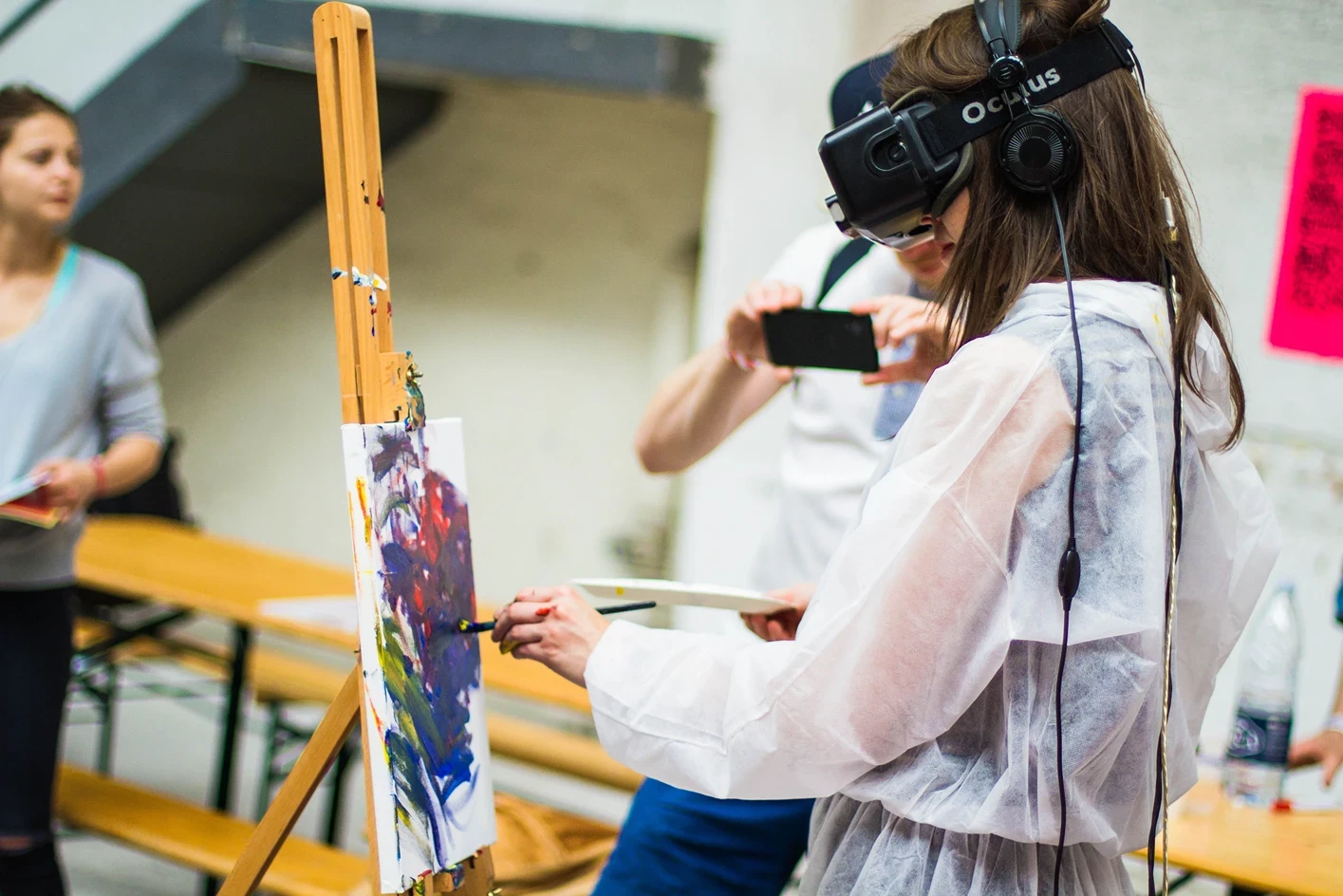
Some aspects of virtual learning are already integrated into education. Are they here to stay? VR Painting by Billetto Editorial
An entirely new learning experience
The world of the virtual is dramatically changing the typical textbook learning experience.
- Students become more immersed in their learning. Sometimes they don’t even need to imagine things; the virtual world can take them there.
- Through the metaverse, learning has become more gamified (adding game-like characteristics to non-game-like environments). This encourages and motivates students to learn, and makes learning more fun!
- Learning becomes much more ‘hands-on’. Students can engage in practical learning without the risks, e.g., practising surgeries virtually instead of on an actual patient.
- Improves confidence and social interactions between peers.
- Completely changing how we learn; actively consuming information rather than passive learning.
- Improved learning speed and information retention.
Future of Metaverse in Education
The big question: what will education look like in the future world of the Metaverse?
It’s already taking big steps into the education sphere, but what could we expect for the future? Since the Covid-19 pandemic began, the fundamental question of how we learn has changed. Even now, 3 years into the pandemic, more and more learning strategies have moved online, away from the classroom space. With the rise of the virtual, it is interesting to think about the future of our learning.
Does the metaverse mean that we won’t have schools anymore? Probably not. The metaverse will probably just be an addition rather than a replacement. But, learning will be entirely more enhanced and innovative.
A Met-ucation? Who knows exactly. But the metaverse is already creating an entirely new education system for the future, focusing on innovation, inclusion, and engagement.
Content updated and edited by Grace Bower.
Grace Bower is a keen writer and researcher in all things education, student life, and online learning. Grace is also an accomplished geographer and map enthusiast.
